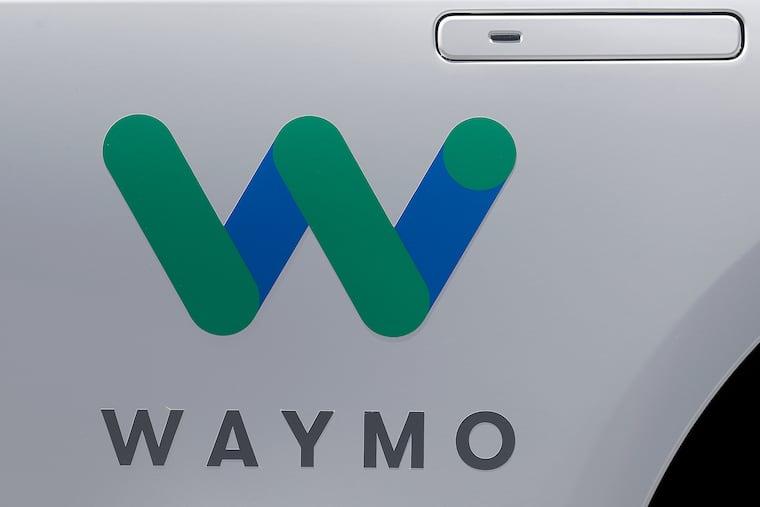Lyft teams up with Google’s Waymo to offer self-driving car rides
The alliance announced Tuesday will allow anyone with the Lyft app in the Phoenix area to summon one of the 10 self-driving Waymo cars that will join the ride-hailing service by end of September.

SAN FRANCISCO (AP) — Google's self-driving car spin-off Waymo is teaming up with Lyft in Arizona to attempt to lure passengers away from ride-hailing market leader Uber.
The alliance announced Tuesday will allow anyone with the Lyft app in the Phoenix area to summon one of the 10 self-driving Waymo cars that will join the ride-hailing service by end of September.
Waymo's robotic vehicles will still have a human behind the wheel to take control in case something goes awry with the technology. But their use in Lyft's service could make more people feel comfortable about riding in self-driving cars.
Both Lyft and Uber consider self-driving cars to be one of the keys to turning a profit, something neither company has done so far. Meanwhile, Waymo has been slowly expanding its own ride-hailing service in the Phoenix area that so far has been confined to passengers who previously participated in free tests of its self-driving technology.
"We're committed to continuously improving our customer experience, and our partnership with Lyft will also give our teams the opportunity to collect valuable feedback," Waymo CEO John Krafcik wrote in a blog post.
Lyft president John Zimmer described the Waymo partnership as “phenomenal” in a Tuesday conference call. Uber didn’t respond to a request for comment.
The new threat to Uber is emerging as the San Francisco company pursues an initial public offering of stock that could raise $9 billion when the deal is completed later this week. Lyft raked in more than $2 billion in its own IPO in March, only to see its stock fall nearly 20% below its offering price amid concerns about its ability to make money — a challenge magnified by another loss of $1.1 billion during the first three months of the year.
Waymo's corporate parent, Alphabet Inc., is in line to be among the biggest winners in Uber's IPO just as it was in the Lyft IPO. Alphabet owns a 5% stake in Uber that will be worth as much as $3.6 billion if Uber realizes its goal of selling its stock for as much as $50 per share. It also holds a 5% stake in Lyft that is currently worth $761 million.
Despite their financial ties, Waymo and Uber have had an acrimonious relationship since becoming entangled in a thorny case of alleged high-tech theft.
Waymo accused Uber of orchestrating a scheme to steal some of its autonomous driving technology. That came after Uber's former CEO Travis Kalanick began to suspect Waymo was planning to use its self-driving cars in a rival ride-hailing service.
The two sides settled that dispute last year in a deal that required Uber to give Alphabet another bundle of stock that was worth $245 million at the time the truce was reached.
The agreement also requires Uber to submit to reviews by a software expert to ensure it isn’t misusing any of Waymo’s technology in its effort to build its own self-driving cars, a process that recently uncovered some potentially “problematic” issues, according to disclosures made as part of Uber’s IPO. Uber warned the problems could require it to pay a licensing fee to Waymo or delay its efforts to introduce self-driving cars in its service.
AP business writer Cathy Bussewitz contributed to this article.